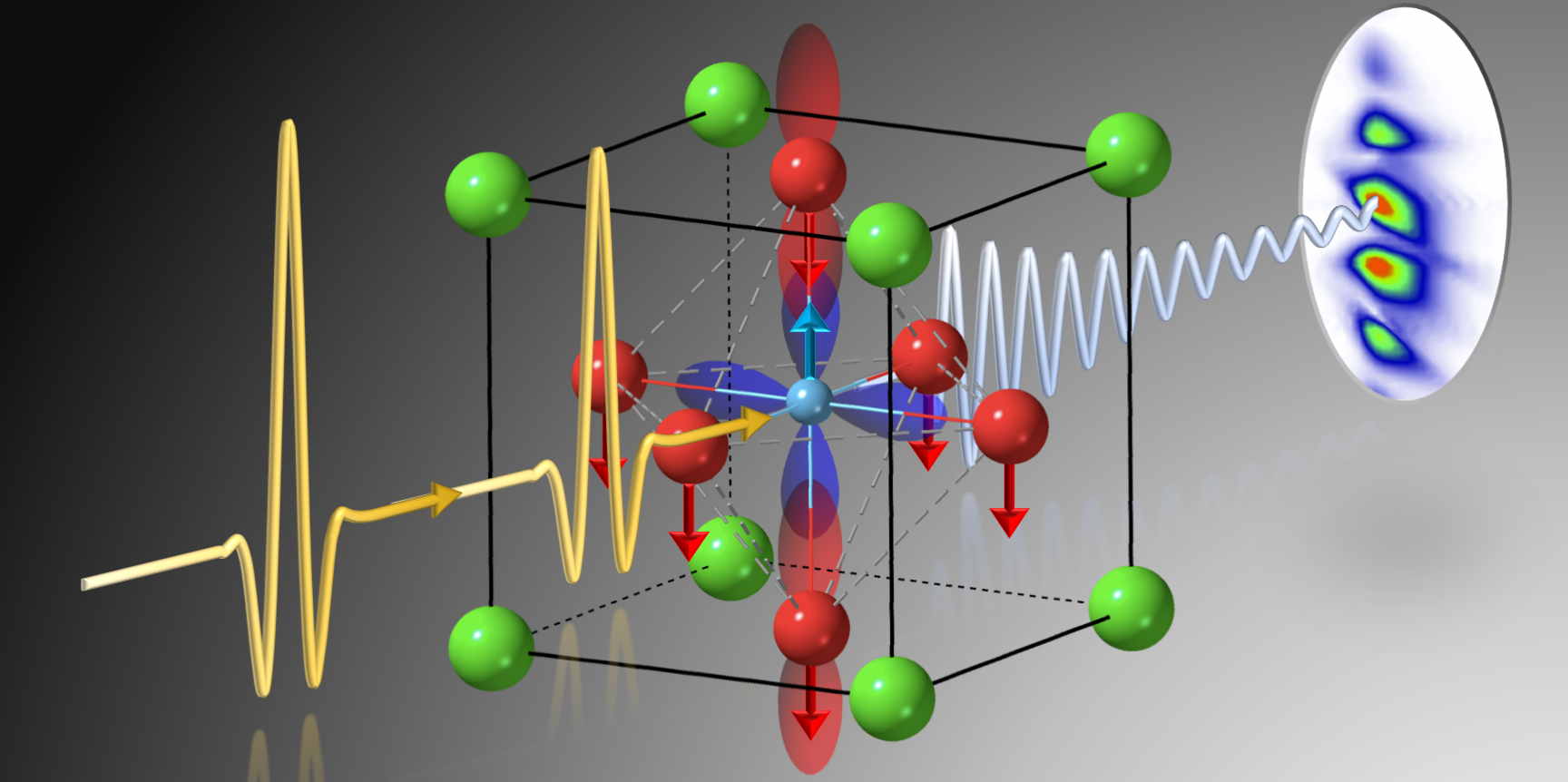When Functional Materials Become Squishy
Most people associate terahertz radiation from airport scanners. These radiations can, however, unleash a bag full of surprises when used to interrogate novel materials. An international team of researchers from the Department of Materials in ETH Zurich and Max-Born-Institute in Berlin joined hands to unravel a very fundamental question on the origin of nonlinearities of a characteristic vibrational mode that becomes soft and squishy when approaching towards the phase transition.

In functional materials, we want to have novel effects as large and new as possible with perturbations as small as possible. Though seemingly contradictory, such a requirement can be met by taking the material close to a phase transition, where the material becomes unstable and nonlinear in some form. In ferroelectric materials, for example, a certain vibrational mode becomes “soft” near the phase transition; that is, the frequency of the mode decreases and ultimately vanishes. So far, such phenomena have been exploited only via macroscopic observables. Here, we scrutinize at the microscopic level the soft mode of a ferroelectric material near its phase transition.
Using state-of-the-art nonlinear terahertz spectroscopy, we show that, microscopically, the ferroelectric soft mode is a hybrid of pure ionic motions and electronic motions, where, strikingly, the latter predominates. We demonstrate that this electronic dominance is the source for large nonlinear effects, such as large frequency shifts of the vibrational mode, even when the system is perturbed with surprisingly low terahertz fields. In addition, we show that these ionic and electronic motions are coupled to one another in a way that also has a pronounced effect on the nonlinearities of the soft mode.
With these results, we are developing a better understanding of how vibrational modes on the verge of a phase instability respond to terahertz radiation. By controlling this response, researchers may someday get efficient all-optical access to emergent novel physics.
Origin of Terahertz Soft-Mode Nonlinearities in Ferroelectric Perovskites, Shovon Pal, Nives Strkalj, Chia-Jung Yang, Mads C. Weber, Morgan Trassin, Michael Woerner, and Manfred Fiebig, Phys. Rev. X 11, 021023 (2021). external page DOI:10.1103/PhysRevX.11.021023